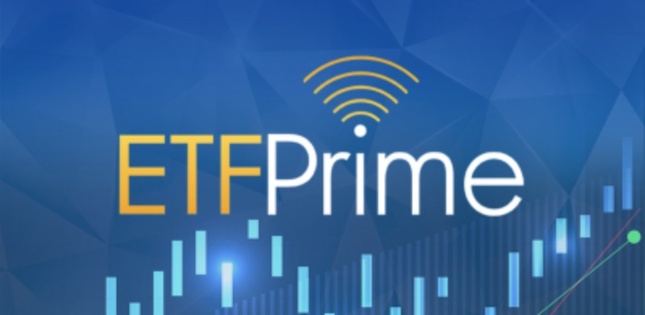On this week’s “ETF Prime,” host Nate Geraci was joined by Dave Nadig, financial futurist at VettaFi, to discuss the recent SEC approval of leveraged and inverse single stock ETFs and answer some questions from Twitter. Later Bob Hum, U.S. head of factor ETFs at BlackRock, joined the show alongside Hitendra Varsani, managing director of MSCI Solutions Research, to talk about the role of factor investing in the current global macro-environment and what value and volatility investing can offer portfolios. Last on was Simeon Hyman, global investment strategist at ProShares, who highlighted the Short Bitcoin Strategy ETF (BITI) and talked about spot bitcoin ETF chances.
The SEC gave the go ahead late yesterday afternoon for a new type of complex product to trade, leveraged and/or inverse single stock ETFs. At around the same time Commissioner Crenshaw released a statement on the risks of these types of products and questioned whether they were appropriate for retail investors and markets, and Lori Schock, director of SEC Office of Investor Education and Advocacy, also released a statement warning of the enhanced risk of a product such as this.
“This is the first time I can recall this sort of dissenting voices, two that we’ve now highlighted, from within the SEC, basically saying we’re approving these but we have concerns and that should give people a little bit of pause, don’t you think?” Nadig queried.
There are several issuers with these types of funds queued up and ready to launch, including AXS, GraniteShares, and Direxion. The race will be to see who launches the first iteration of a particular stock. These types of funds have enjoyed great popularity in Europe.
“My concern honestly is not that people don’t understand that they’re getting leverage; they’re just not going to understand how rebalance math works because what happens every time there’s a leverage or inverse product that gets a little bit of traction, we have to go and explain to everybody again that you can’t hold your inverse 3x Tesla for six months and hope that it will get you the six month negative return times three of Tesla,” Nadig explained.
Nadig also answered questions from Twitter regarding the role of flows in passive funds on prices within fixed income, how bond ETFs have structurally held up in the volatility of 2022, the SEC’s consideration of changes to the investment advisor rule, and funds with tail risk strategies.
Factor Investing and Bitcoin Futures ETFs
Next up was Bob Hum, U.S. head of factor ETFs at BlackRock, and Hitendra Varsani, managing director of MSCI Solutions Research, who discussed factor investing in the current economic and market environment of rising rates alongside persistent, high inflation.
“The way that I like to think about factors, I think of them as rules-based, transparent active. We’re trying to take strategies that active managers have been using their entire careers — like value, quality, and momentum — and putting them into ETF vehicles for more tax efficiency and lower cost,” Hum said.
Value has become a major trend in investing in 2022 as inflation has hit growth stocks hard, alongside a slowing economy driven by rising interest rates. Both value and low volatility strategies have been popular this year with advisors and investors through factor targeting funds like the iShares MSCI USA Min Vol Factor ETF (USMV ).
Last on was Simeon Hyman, global investment strategist at ProShares, who discussed the Short Bitcoin Strategy ETF (BITI) which has been popular in the short time since launch due to crypto and bitcoin’s recent plummet. ProShares is now the only investor that offers both long bitcoin exposure through the ProShares Bitcoin Strategy ETF (BITO) and now short exposure through BITI.
Pivoting to discuss the lack of a spot bitcoin ETF but the approval of a futures based bitcoin product, Hyman explained that “the futures market is a little bit more mature than the spot market and when you put the futures market protection together with a 40 Act ETF, it’s a pretty robust alternative right now.”
Content continues below advertisement

